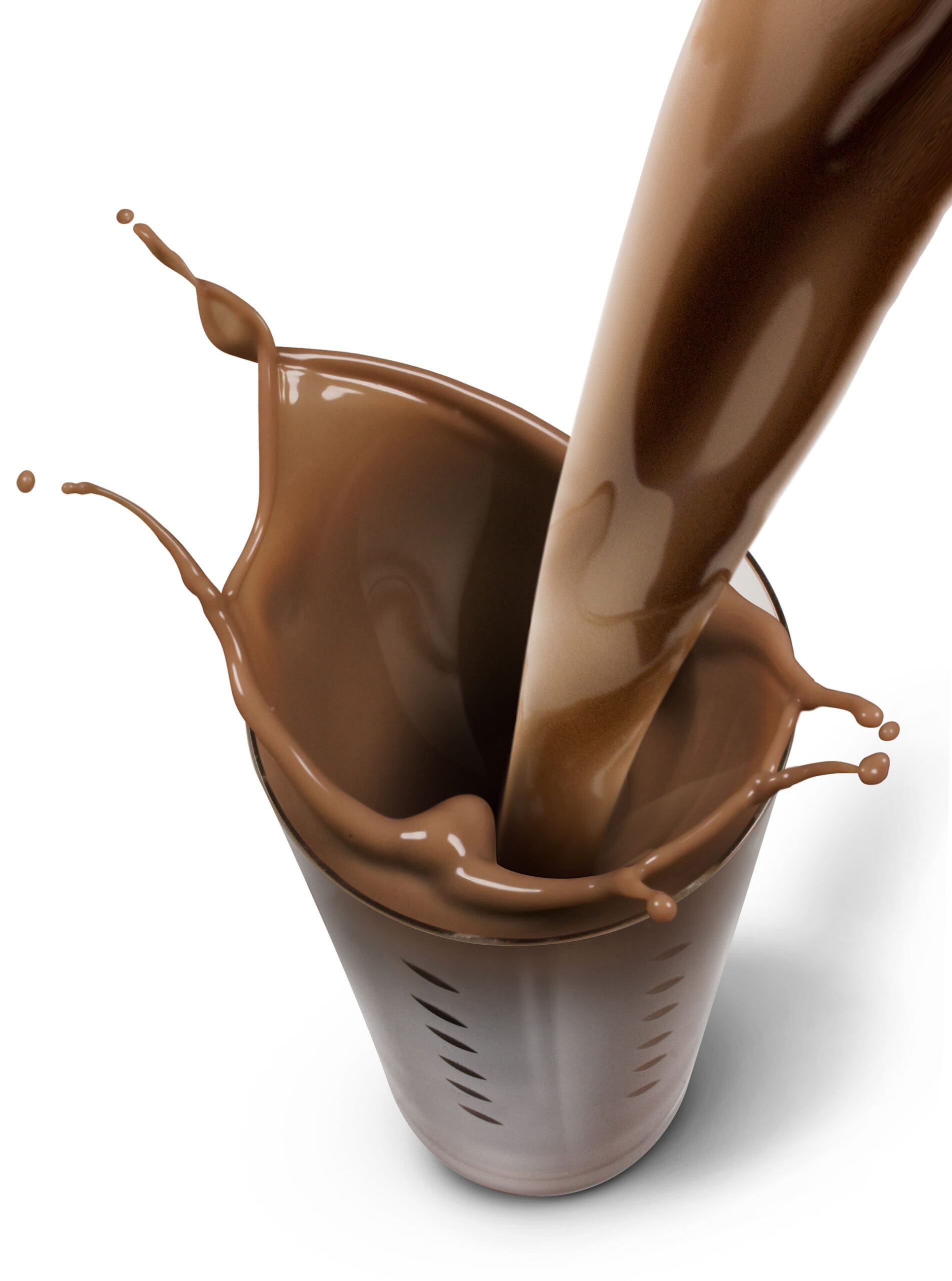The saga of Perugina began in Perugia in 1907, thanks to the foresight and revolutionary ideas of Luisa Spagnoli. Together with her husband Annibale Spagnoli, she took over a small grocery shop in the historic center, transforming it into a small laboratory that would pioneer a new philosophy in the processing of cocoa and chocolate. In a Perugia rich in artisan shops, Perugina introduced an industrial model that not only expanded the chocolate market but also solidified the city’s fame worldwide.
The “Punch” Intuition
The iconic product of Casa Perugina, still its flagship item today, is the famous Bacio Perugina (Perugina Kiss). This delicacy—made of gianduia, hazelnut grains, and coated in dark chocolate—was a great invention by Luisa Spagnoli over a century ago. Originally, however, it had a chunky shape, similar to a fist, and was aptly named “cazzotto” (punch/slap). The iconic name was coined only in 1924 by Giovanni Buitoni, who transformed the “cazzotto” into the romantic and famous Bacio Perugina.
The Ancestral Roots of Cocoa
The history of cocoa is much older than that of Perugina. The use and spread of the “fruit of the gods” are relatively recent in Europe, but they are deeply rooted in pre-Columbian civilizations.
From the “Fruit of the Gods” to Currency
- The Origins (16th–5th Century BC): Everything began in the Yucatan peninsula, where monkeys, feeding on the pulp of the cabossa (the cocoa fruit) and discarding the seeds (the future cocoa beans), unintentionally contributed to its spread.
- The Mayans and the Aztecs (From 5th Century BC): Imitating the monkeys, the Mayans started cultivating cocoa. The entire Mesoamerican population considered it a divine gift, a fundamental element in sacred rites and celebrations.
- Properties and Uses: The Mayans understood its properties. It was believed, for instance, to be a sexual tonic and was given to the bride during the marriage ritual. It was not just a ritual food: cocoa also became a precious form of currency, integrated into daily life.
Traditional Processing: The Ancestor of Chocolate
Modern cocoa processing owes much to the Mayans. Although refinements and new techniques have been introduced, the basic process remains the same:
- Fermentation: The cabossa was opened, and the beans were left to ferment in the sun.
- Roasting and Grinding: Roasting and grinding followed. Using a rolling pin, the bean was broken, releasing the cocoa butter (the fat part).
- The Mass: Aromas and cornmeal were added to this fat part, creating the cocoa mass.
- Consumption: Stored in dried blocks, it was consumed dissolved in hot water, filtered, and drunk cold. The Aztecs called it “tciocoatl” (the plant was called cacahuatl).
The Lure of Chocolate: “Every time I tell myself it’s the last time, but then I smell the aroma of her hot chocolate… [The chocolate] melts so slowly on your tongue and fills you with pleasure!” – (From the film “Chocolat”)
A Marriage of Flavors: Chocolate and Wine
Chocolate, in fact, possesses complex organoleptic qualities that make it perfect for pairing:
- Succulence (salivation)
- Slight Bitterness (due to tannins, like in wine, and the cocoa percentage)
- Fattiness (related to cocoa butter and milk)
- Structure, Aromaticity, Sweetness, and Persistence.
For a successful pairing, these properties must be balanced: for instance, to counteract succulence, a wine with alcohol and tannins is paired; against the slight bitterness, a wine with alcohol and softness will be chosen. A savory (sapid) wine is ideal for balancing fattiness.




